- Home
- ::
- What Is Loopring (LRC) Crypto Coin? A Beginner’s Guide
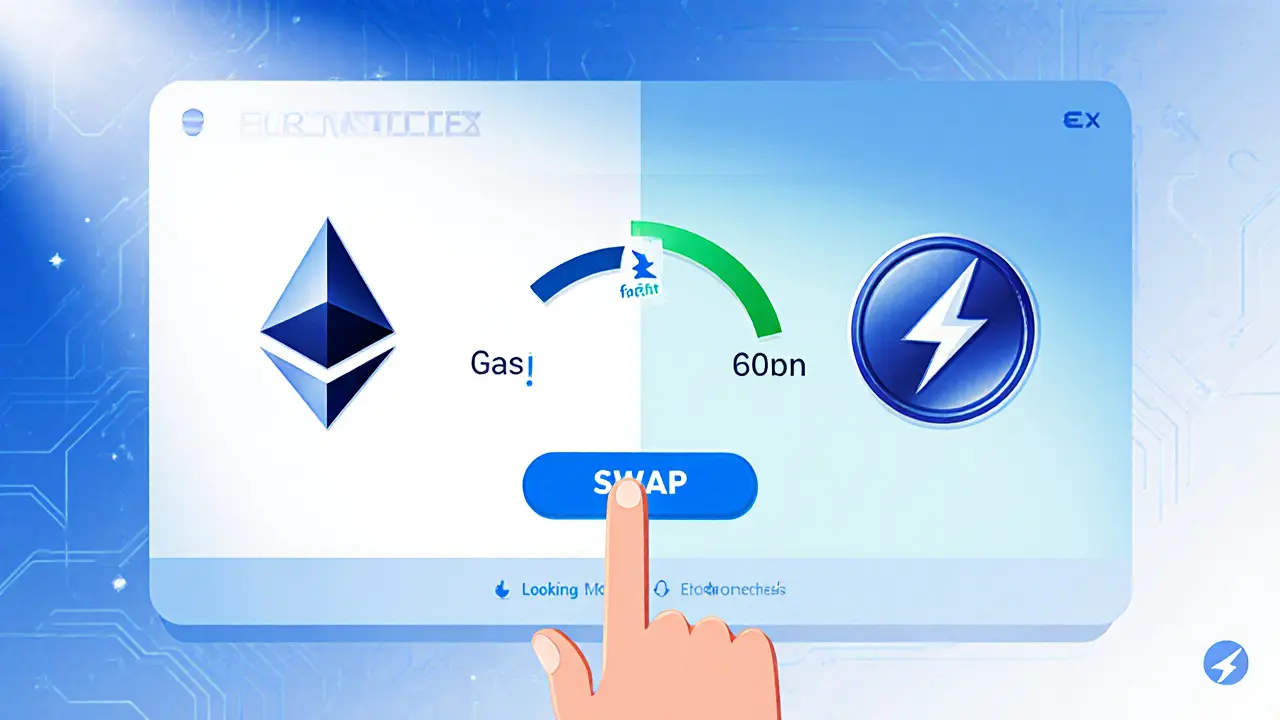
What Is Loopring (LRC) Crypto Coin? A Beginner’s Guide
Loopring (LRC) Token Calculator
Monthly Transactions: 0
Total Monthly Cost: $0.00
Avg. Cost per Trade: $0.00
Monthly Transactions: 0
Total Monthly Cost: $0.00
Avg. Cost per Trade: $0.00
Estimated LRC Savings: 0 LRC
Savings Summary
By using Loopring's Layer 2 solution, you could save approximately $0.00 per month compared to Ethereum mainnet trading.
This estimate assumes standard gas fees and LRC pricing at current levels.
Imagine swapping Ethereum tokens in a blink, paying pennies instead of dollars. That’s the promise behind Loopring (LRC) - a protocol that brings Layer 2 scaling to decentralized finance.
Quick Take
- Loopring is an Ethereum‑based protocol that uses zkRollups to speed up trades.
- LRC is the native utility token; it pays fees and rewards liquidity providers.
- The DEX launched in February 2020 and supports ERC‑20 trading with millisecond settlement.
- Key partners include GameStop’s NFT marketplace and multiple DeFi projects.
- Risks: token volatility, competition from other Layer2 solutions, and Ethereum’s own scaling roadmap.
How Loopring Works
At its core, Loopring is a zkRollup cryptographic construction that bundles hundreds of transactions off‑chain, then posts a single proof to Ethereum. This proof guarantees that every bundled trade is valid without revealing individual details, keeping privacy intact while preserving Ethereum’s security guarantees.
Because the bulk of computation happens off‑chain, users experience near‑instant settlement and fees that are a fraction of those on the Ethereum mainnet. The protocol also adopts a non‑custodial model: your wallet never hands over private keys, so you stay in full control of your assets.
Token Economics (LRC)
The LRC token has a fixed supply of 1.375billion, with roughly 1.33billion circulating today. When you trade on the Loopring DEX, you pay fees in LRC. Those fees are split 80% to liquidity providers, 10% to insurers (who cover smart‑contract risk), and 10% to the protocol’s DAO.
This fee‑sharing model creates a direct incentive for users to stake LRC, provide liquidity, and help secure the network. Historically, LRC surged to $3.70 in late2021 after rumors of a GameStop partnership, then fell to $0.30 during the 2022 market crash, illustrating typical crypto volatility.
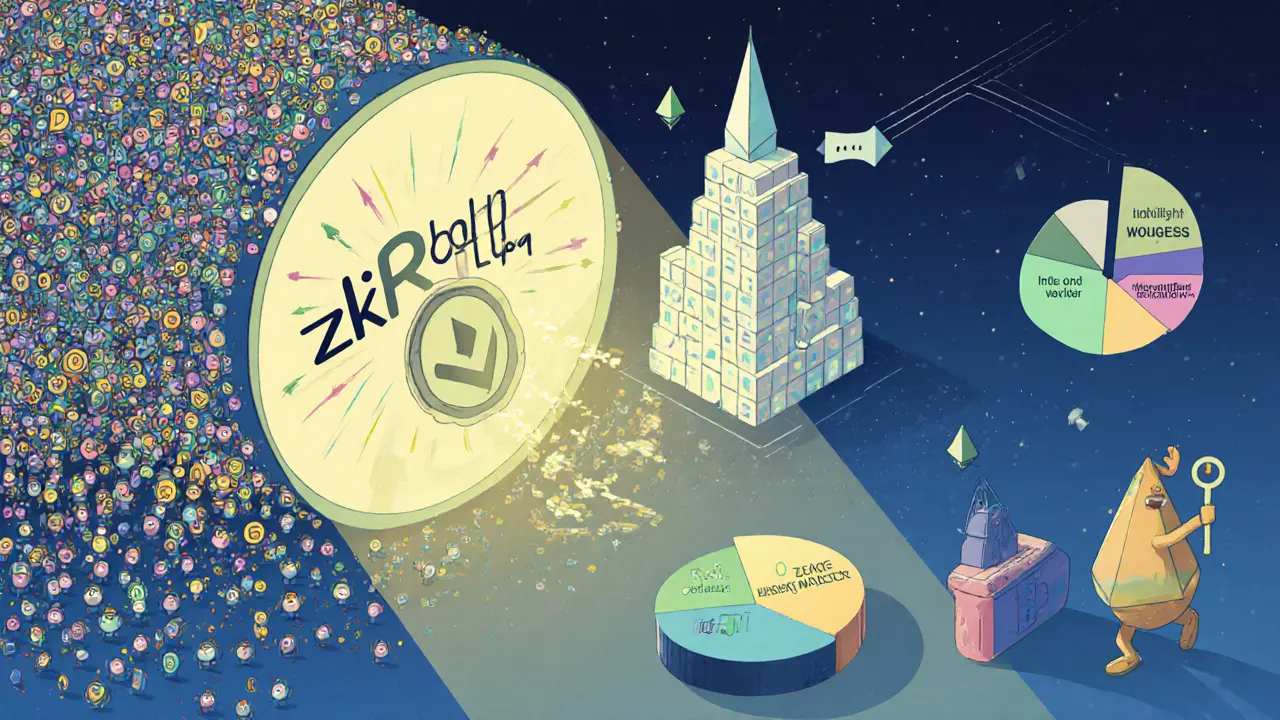
Real‑World Use Cases
Loopring’s most publicized partnership is with GameStop NFT Marketplace a platform that lets gamers buy, sell, and trade non‑fungible tokens using Loopring’s zkRollup technology. The integration proved that Loopring can handle high‑frequency, low‑fee NFT trades without sacrificing security.
Beyond NFTs, the protocol powers a suite of DeFi applications: payment channels, cross‑chain bridges, and automated market makers that benefit from fast settlement and reduced gas costs.
How Loopring Stacks Up Against Other Layer2 Solutions
| Protocol | Scaling Tech | Finality Speed | Typical Fee (USD) | Token Used for Fees |
|---|---|---|---|---|
| Loopring | zkRollup | ~1second | 0.001-0.005 | LRC |
| Optimism | Optimistic Rollup | ~10seconds | 0.005-0.02 | ETH |
| Arbitrum | Optimistic Rollup | ~10seconds | 0.006-0.025 | ETH |
| zkSync | zkRollup | ~2seconds | 0.001-0.006 | ETH |
Loopring’s edge lies in its focus on DEX functionality and its native token’s fee‑rebate system, while Optimism and Arbitrum excel in general smart‑contract compatibility. zkSync offers similar speed but currently lacks a dedicated DEX token economy.
Risks & Considerations
- Token volatility: LRC’s price can swing dramatically, affecting the cost of trading.
- Competition: New scaling solutions (e.g., StarkNet) and Ethereum’s own roadmap could reduce demand for external L2s.
- Technical complexity: Bridging assets to the L2 requires understanding of rollup mechanics and occasional troubleshooting.
- Regulatory landscape: As a utility token, LRC may face different legal scrutiny across jurisdictions.
Despite these challenges, the protocol’s non‑custodial design and fee‑sharing DAO provide a solid foundation for long‑term community support.
Getting Started with Loopring
- Set up an Ethereum‑compatible wallet (MetaMask, Coinbase Wallet, etc.).
- Visit the official Loopring interface and click “Bridge to L2”. Follow the on‑screen prompts to move ETH or an ERC‑20 token onto the rollup.
- Once the bridge transaction confirms (usually a few minutes), you’ll see your balance on the L2 dashboard.
- Choose a trading pair, confirm the trade, and pay the fee in LRC. The trade settles in seconds.
- If you want to earn a share of fees, stake LRC in the liquidity mining program via the DAO section.
For troubleshooting, the community forum and official docs cover common bridge errors, gas‑price spikes, and UI glitches. Advanced users can inspect the on‑chain proof data using block explorers that support zkRollup verification.
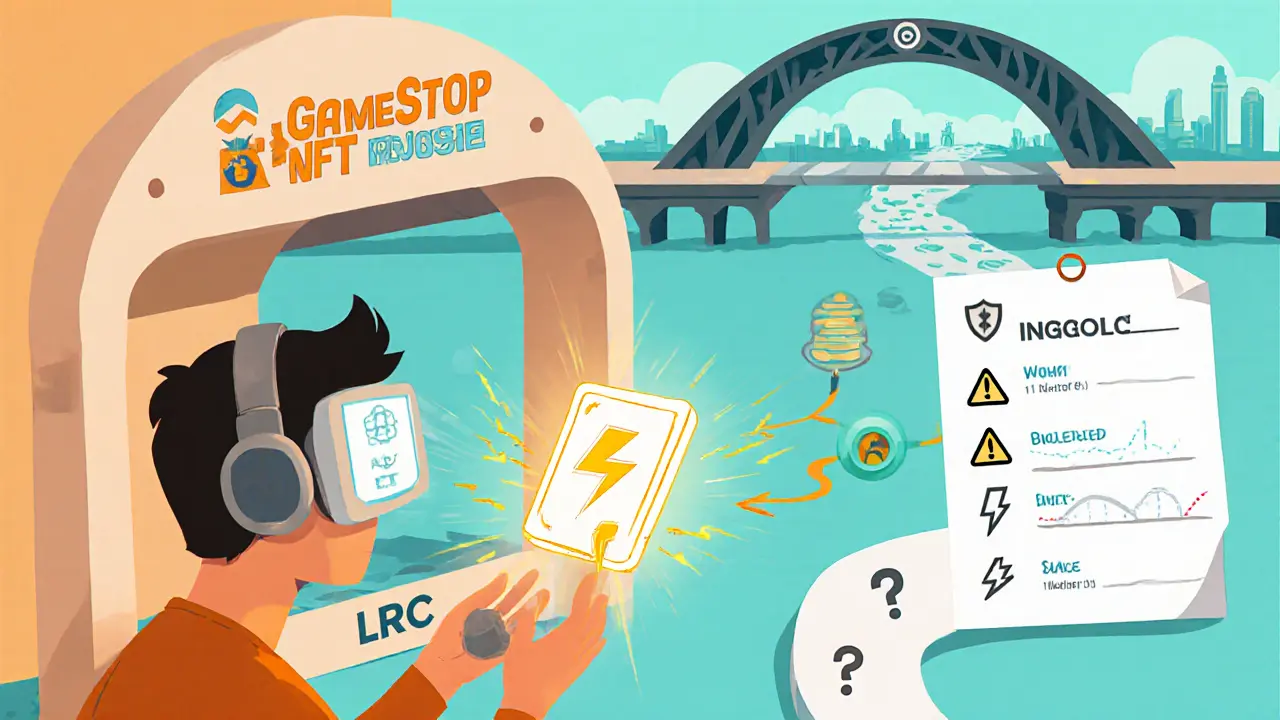
Frequently Asked Questions
What makes Loopring different from other DEXs?
Loopring uses zkRollup technology to batch trades off‑chain, giving it millisecond settlement and ultra‑low fees while keeping the security of Ethereum. Most DEXs run directly on the mainnet and suffer from high gas costs and slower confirmation times.
Do I need LRC to trade on the Loopring DEX?
Yes, transaction fees are paid in LRC. You can acquire LRC on most major exchanges, then bridge it to the Loopring L2 to start trading.
Is Loopring safe for my funds?
The protocol is non‑custodial, meaning you retain full control of your private keys. Security audits have been conducted, but like any DeFi platform, smart‑contract risk remains, which is partially covered by the insurance pool funded by LRC fees.
How does the GameStop NFT marketplace use Loopring?
GameStop built its NFT trading layer on Loopring’s zkRollup infrastructure, allowing gamers to mint, list, and swap NFTs with near‑instant finality and low transaction costs. The partnership validates Loopring’s real‑world use case beyond pure token swaps.
What’s the future outlook for LRC?
Analysts project a modest average price of around $0.64 by 2030, with higher upside if Layer2 adoption accelerates. Long‑term value hinges on the protocol’s ability to stay ahead of competing scaling solutions and to expand real‑world partnerships.


 Finance
Finance
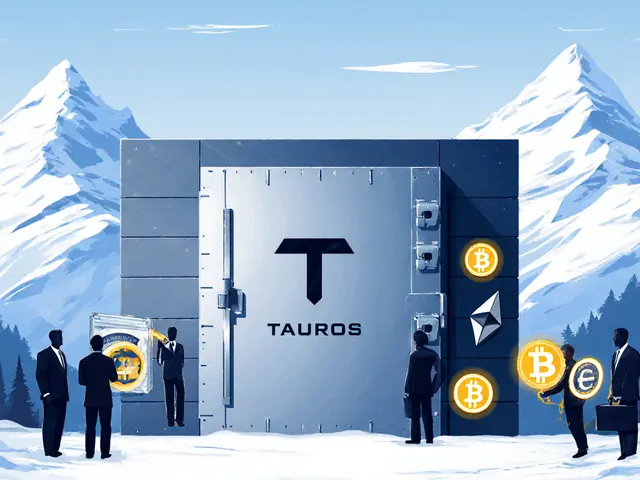
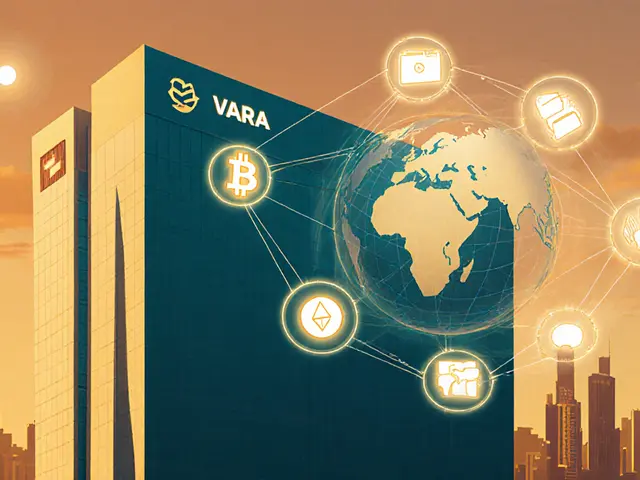
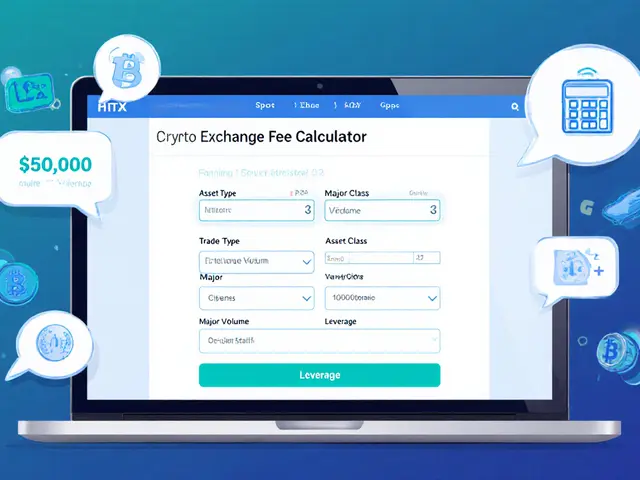
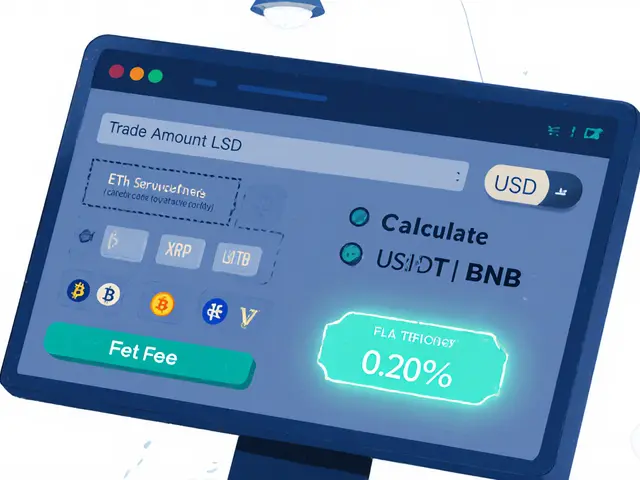
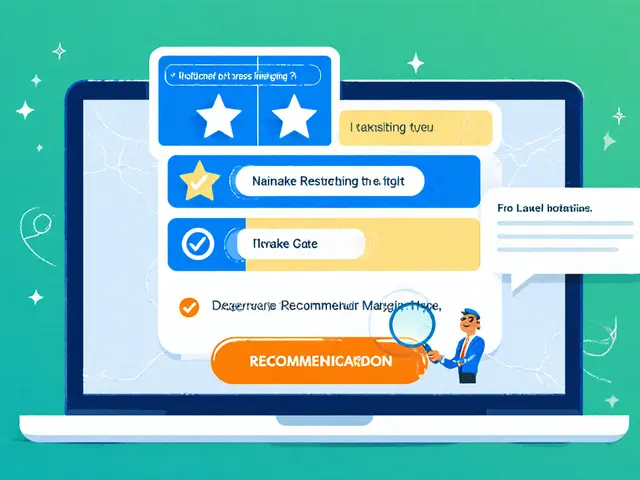
Write a comment